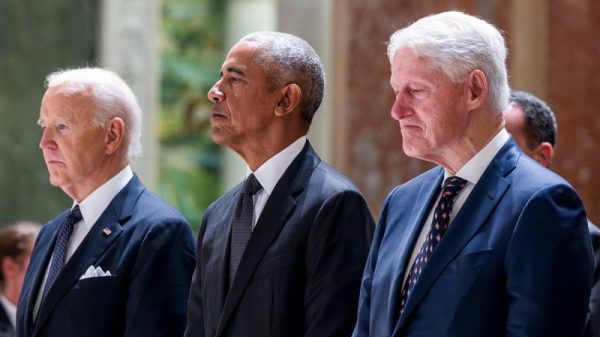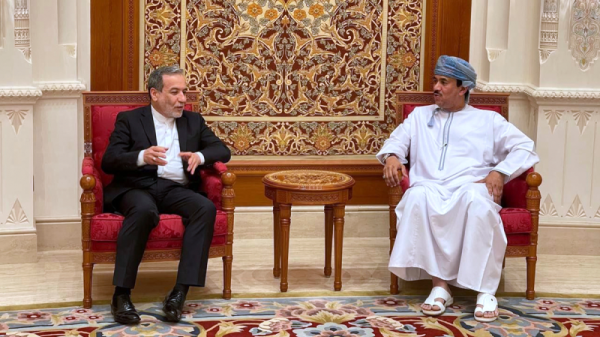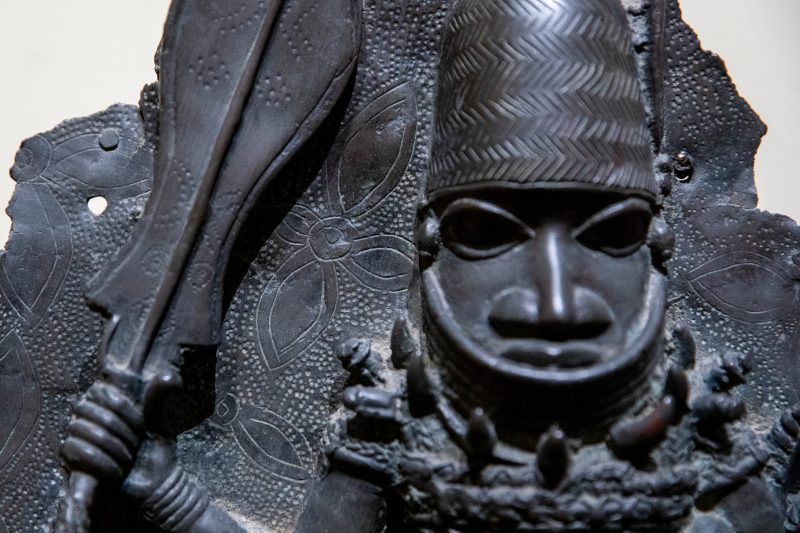Florida governor and Republican presidential candidate Ron DeSantis doubled down Friday on controversial new rules passed by his state’s Board of Education that will require educators to teach that enslaved Black people “developed skills which, in some instances, could be applied for their personal benefit.”
“They’re probably going to show that some of the folks that eventually parlayed, you know, being a blacksmith into doing things later in life,” DeSantis told reporters Friday. “But the reality is, all of that is rooted in whatever is factual.”
Here are some simple, historical facts: Africans already were skilled before they were enslaved. And, in many cases, enslavers sought and purchased people coming from specific African societies based on skills common in those societies. Decades of research — slave ship manifests, plantation ledgers, newspaper articles, letters, journals and archaeological digs — by dozens of scholars supports this, much of it compiled in the 2022 book “African Founders: How Enslaved People Expanded American Freedom,” by Pulitzer Prize-winning historian David Hackett Fischer.
Transatlantic slavery was an economic model proposing that skilled laborers, who were benefiting themselves and their communities, be abducted, transported and forced to use those skills to benefit others. Other skills such as literacy, ministry and music-making were often banned, because they did not benefit — and even threatened — the enslaver.
Hackett Fischer explains how, in the mid-1700s, enslaving colonists in the Lowcountry of the Carolinas, Georgia and Florida targeted people from the Windward Coast of West Africa, where rice had been cultivated for thousands of years. In the Lowcountry, enslaved people then built complex systems of canals, levees, floodgates and fields, just as they had in West Africa, providing the region with its first massive cash crop.
In New England, the Puritans targeted Akan-speaking people from the Gold Coast, who had a long military tradition emphasizing discipline and quick thinking. Also, an enslaved man named Onesimus taught Puritan leader Cotton Mather a technique for smallpox for inoculation, which he said was common in his African homeland.
Chesapeake enslavers wanted people like the Kru, specifically for their skill for boatbuilding. Though Europeans were sailing farther distances, slave traders marveled at the superior stability and speed of West African canoes, some of which they said could hold 100 people. These boat designs were ideal for fishing, freight and ferrying up and down the Chesapeake.
And later, in Texas, enslavers wanted a subset of enslaved people in South Carolina descended from the Fulani, because they were already skilled herders. The term “cowboy” likely originates from this South Carolina group; there’s evidence the African tradition of singing to a herd at night influenced what became cowboy songs, according to Hackett Fischer.
The number of enslavers who decided voluntarily to free and ensure a skilled livelihood for the people they formerly enslaved is extremely small, such that some living descendants of enslaved people freed under these conditions have noted higher wealth and education levels in their families than in others.
As for “being a blacksmith” — the example DeSantis cited as a skill that could provide personal benefit — Africans all over the continent already knew how to forge iron and other metals with great skill long before slavery. That’s why masterpieces like the Benin Bronzes were later stolen and ended up in British and American museums.
DeSantis’s office did not immediately respond to a request for comment on criticism and refutations of Florida’s new guidelines, or the factual basis for his “blacksmith” statement.
But the story of the enslaved metalworker Philip Reed, who played a major role in casting the bronze “Statue of Freedom” that stands atop the U.S. Capitol dome, provides a telling example. Reed was already a skilled plasterer by the time the artist Clark Mills bought him in Charleston in 1839, and over the next two decades, Reed learned a ton about forging and casting monumental bronzes — more than anyone else in the United States, perhaps even including Mills. The federal government even “paid” Reed more than the White men who worked on the Freedom statue project.
“Paid” is in quotes here because six days a week Reed’s wage went to Mills; on Sundays, Reed was allowed to keep his own wage. Later, when an act of Congress forced Mills to free Reed, Mills demanded the government pay him three times as much for Reed as for the other people he enslaved, to compensate him for the loss of Reed’s skills.
So, did Reed personally benefit from learning how to cast monumental bronzes? Save for those Sunday wages, it appears not; after emancipation, he went back to plastering, working for himself until his death in 1892. There is no record of him ever again working with bronze. Whether he wasn’t allowed to or simply didn’t want to is unknown.
Africans forced into slavery did not arrive on American shores as blank canvasses or unetched stones ready for the guiding hand of a White “master.” They already knew how to measure, irrigate, sail, forge, read, write, translate, mine, weave, build, cook, harvest, heal and create. That is what the slave traders were looking for sailing up and down Africa’s coasts: skilled laborers who could benefit them.
Not the other way around.

































